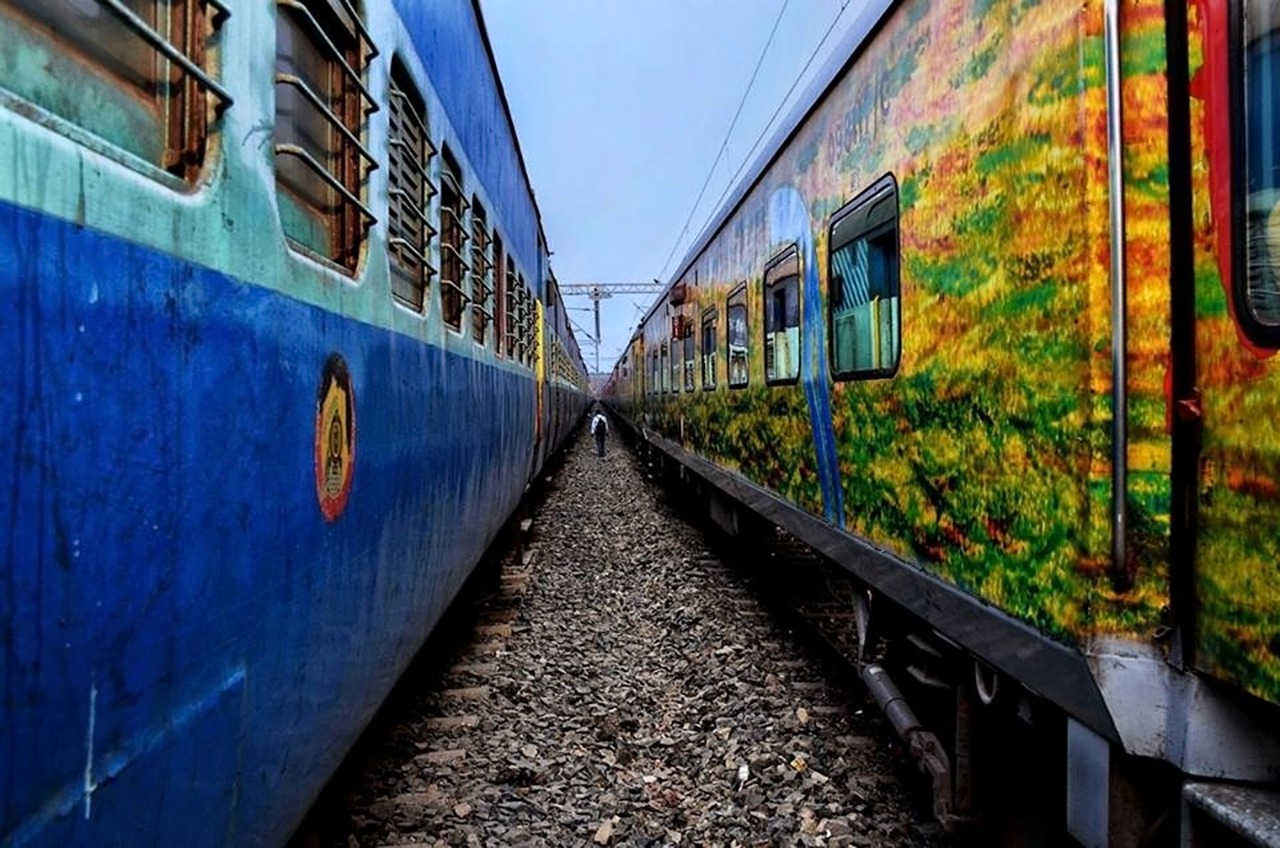Indian railways is the mass carrier for commoners in India. It caters to a huge population on a daily basis. However, Indian railways suffers from the lacuna of operational efficiency and bureaucratic shortcomings. Privatisation is seen as a panacea to these ailments as it brings competitiveness, innovation and agility in operations.
New Thinking – New Possibilities
With over 12,000 trains running every day across the country, Indian railways is the largest transportation network in the world. In the changing times, such a huge systems needs to upgrade itself to meet the dynamic requirements. In his recent interview, the railway minister said that the Union government is open to the idea of giving operations of railway lines to private players to enhance the competition. The Railways spend Rs 30,000-35,000 crore on an average in a year to run passenger trains. This is cross-subsidized from freight services. Privatization is expected to decrease this public service obligation through operational efficiency.
It is highly acknowledged that private firms optimize the efficiency by bringing in innovations and resolving to systemic implementation. Devoid of any political interference and intent of using railways for political gains these firms imparts professionalism to the system.
Grabbing the low hanging fruits
Privatization may come handy in improving the dilapidated structure of railways. The government is looking forward to do away with the ‘Swiss challenge’ model. This model encouraged the bidders to bid competitively for an existing quote. Adopted by several state governments for housing and other infrastructure projects, this method has not delivered well for the railways. In contrast the railway is working out a slew of measures to lease out 100 stations.
In the recent past the government has pushed for Make in India. This reform measure holds the potential to encourage the private players to design low cost indigenous tools and equipments. Unconventional steps like Hackathon have been taken by the government which opened a window of private participation in the government system.
Major achievement, #promiseinmotion #MakeInIndia #railwayForPeople https://t.co/wNE9dOgXEF
— Suresh Prabhu (@sureshpprabhu) January 27, 2017
In doing all these, the government should however be cautious of the fall outs of privatization. Effective regulatory mechanisms should be put in place to balance the profit making motive of the private firm and the welfare agenda of the government. Governance systems should be strengthened to ensure proper accountability. Lastly, like the PSL in case of banking, the private firms should be mandated operate, build infrastructure in relatively tough terrains.














Pingback: Rail Vikas Nigam IPO Opens on March 29; Should you Invest?